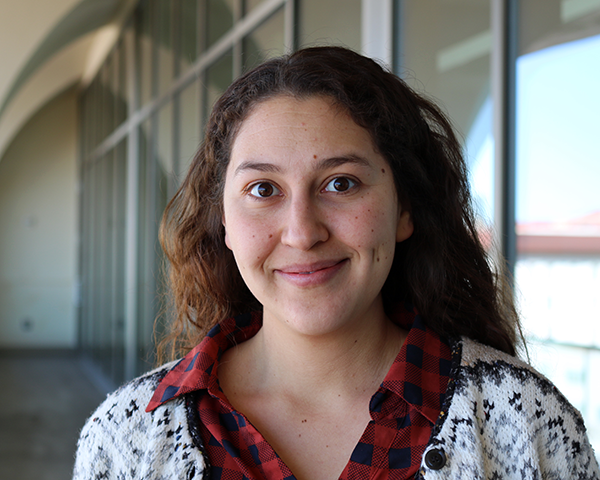
Nidia Banuelos, the current visiting social sciences librarian, has an article entitled “From Commercial Schools to Corporate Universities: Explaining the Shift in Proprietary Business Education in the U.S., 1970-1990,” that will be published in the July / August issue of The Journal of Higher Education, as well as a slightly early online release in May.
According to Emily Taylor, publisher of the Journal, “We thought you would like to know about this excellent research publication on a timely topic, as scrutiny of for-profit universities is an important current topic in higher education.”
The article discusses the access to MBA degrees from various levels of learning institutions, with a big key being the flexibility of part-time programs, especially for women who are balancing life and school.
Nidia was surprised that in her research, for-profit schools are relatively new to offering an MBA, yet now these programs have become some of their most profitable, signaling an understanding of the need for flexible scheduling in higher education.
According Nidia’s article abstract found at the JHE website, “This study uses archival sources to examine the factors that encouraged for-profit business education to shift during the 1970s from small, certificate programs for bookkeepers and secretaries to large, multi-site universities for mid-level managers.”
“Using data from the Occupational Outlook Handbook, as well as trend data from the Bureau of Labor Statistics, I show that demand for the MBA began increasing dramatically during the 1970s. This increase alone, however, does not explain why new, low-status for-profit institutions managed to survive in the mature and highly competitive field of business education.”
“I also show that demand for this degree increased among (a) women of child rearing age and (b) mid-career working adults—two populations traditionally underserved by the non-profit university. For-profit schools were able to grow quite large by directing their marketing at these populations and offering an MBA that promised to be accessible, convenient, and practically oriented. While others have pointed to changes in political support for for-profit universities—especially more access to aid for students—to explain their growth, here I show that students had strong motivators for using federal funding at for-profits in the first place.”
Leave a Reply